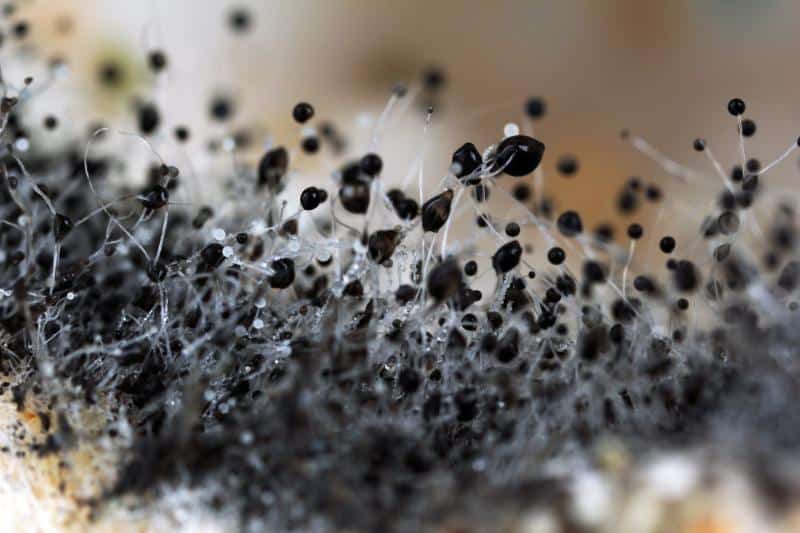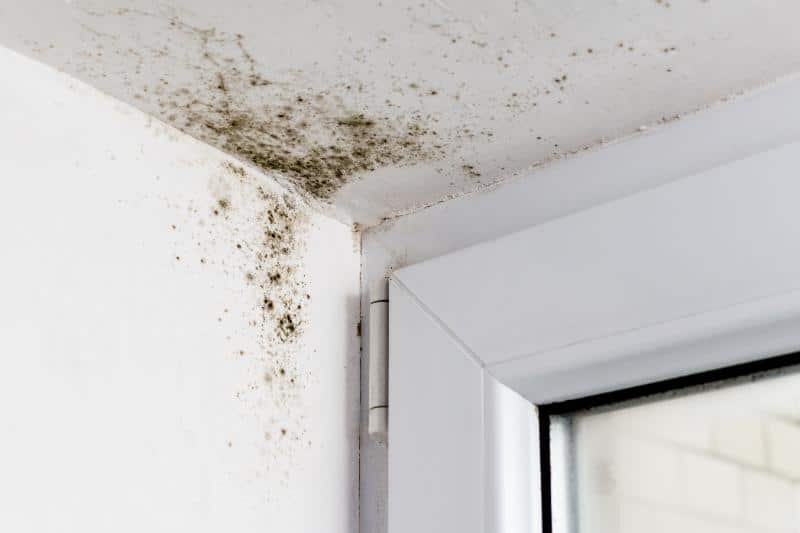Owning a home is a significant investment, and ensuring the health and safety of your family within its walls is paramount. One of the often-overlooked threats to your home and your loved ones’ well-being is mold. Mold can silently creep into the nooks and crannies of your home, causing damage to the structure and posing health risks. In this comprehensive guide, we’ll explore the key facts you need to know to protect your family home from mold and create a safe, healthy living environment.

The Basics of Mold Growth
Mold is a type of fungus that thrives in damp and humid conditions. While its role in nature is essential for breaking down organic matter, its presence indoors can lead to a range of problems. Mold spores are microscopic and can easily travel through the air, settling on various surfaces. Once conditions are favorable, they can rapidly multiply, forming colonies that are not only unsightly but also potentially hazardous.
Common Causes of Mold Growth
To effectively combat mold, it’s crucial to understand the factors that contribute to its growth. Leaky roofs, plumbing issues, poor ventilation, and high humidity levels are common culprits. Identifying and addressing these issues promptly is the first step in preventing mold from taking hold in your home. Regular inspections and maintenance can go a long way in safeguarding your property against mold infestations.
Does Mold Smell? Unmasking the Hidden Threat
One of the telltale signs of mold growth is often its distinctive odor. Many people wonder, does black mold smell and the answer is yes. Black mold, also known as Stachybotrys chartarum, releases compounds that produce a musty, earthy smell. If you detect such an odor in your home, it’s a red flag that mold might be lurking in hidden spaces. Addressing this promptly is crucial, as black mold is known for its potential health hazards.
Health Risks Associated With Mold Exposure
Mold spores can trigger allergic reactions and respiratory issues, making it imperative to address any mold problems swiftly. Prolonged mold exposure can lead to more severe health problems, especially for individuals with pre-existing respiratory conditions or compromised immune systems. Understanding the potential health risks associated with mold exposure underscores the importance of preventive measures and timely remediation.
Preventive Measures: Keeping Mold at Bay
Prevention is the key to protecting your family home from mold. Start by controlling indoor humidity levels through proper ventilation and the use of dehumidifiers. Regularly inspect your home for leaks and address any water damage promptly. Ensure that your home is adequately ventilated, especially in areas prone to moisture, such as bathrooms and basements. Investing in mold-resistant materials for construction and furnishings can also be a proactive step toward mold prevention.
Effective Mold Remediation Strategies
If you suspect or discover mold in your home, taking immediate action is crucial to prevent further damage and protect your family’s health. DIY mold removal may be suitable for small, isolated cases, but for extensive infestations or when dealing with toxic molds like black mold, it’s best to consult with professionals. Mold remediation experts have the knowledge, experience, and specialized equipment to safely and effectively remove mold, ensuring that it doesn’t return.
The Importance of Regular Inspections
Regular home inspections are vital in catching potential mold issues before they escalate. Inspect hidden spaces like attics, crawl spaces, and behind appliances regularly. Pay attention to any signs of water damage, discoloration, or musty odors. By staying vigilant and addressing any concerns promptly, you can nip mold problems in the bud and preserve the integrity of your home.
Educating Your Family: Building a Mold-Aware Environment
Creating a mold-aware environment involves educating your family about the risks and preventive measures. Teach them to recognize signs of water damage, encourage proper ventilation habits, and instill a sense of responsibility for maintaining a mold-free home. By fostering a collective effort, you can significantly reduce the likelihood of mold growth and ensure the long-term well-being of your loved ones.

Protecting your family home from mold requires a proactive approach that involves understanding the basics of mold growth, recognizing common causes, and implementing preventive measures. Whether it’s addressing the question of “does black mold smell?” or being aware of the health risks associated with mold exposure, staying informed is the first line of defense. Regular inspections, swift remediation, and educating your family are essential components of a comprehensive strategy to keep your home mold-free and your loved ones healthy. By taking these steps, you can fortify your home against the hidden threat of mold and create a haven for your family.
